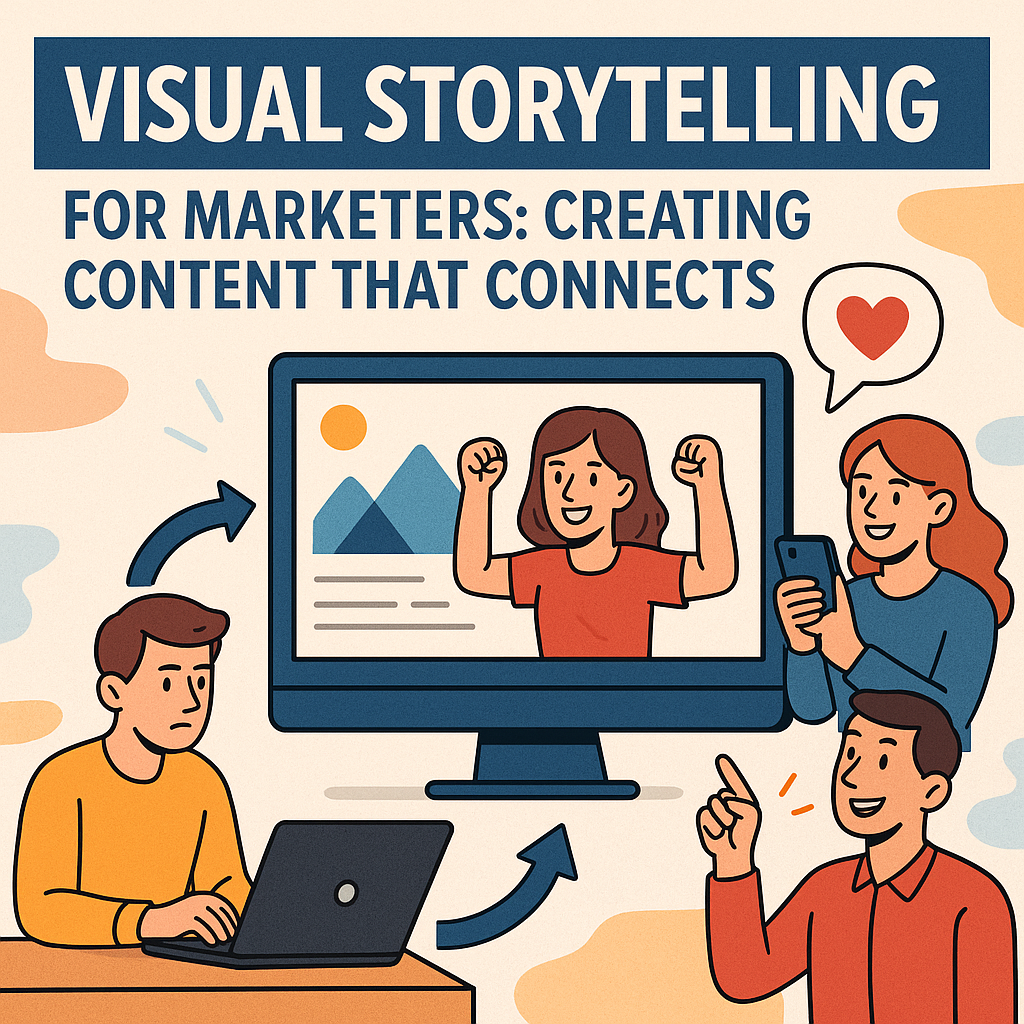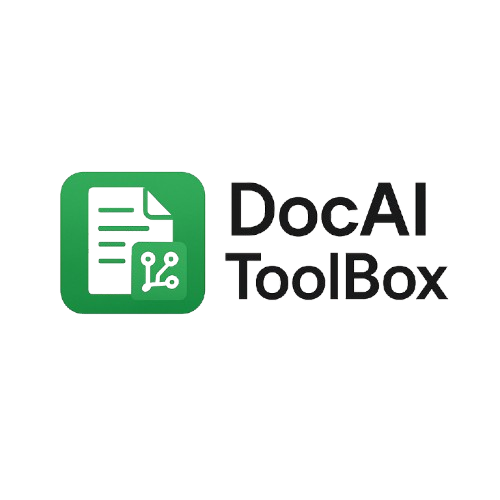Visual Storytelling for Marketers: Creating Content That Connects

In today’s fast-scrolling digital world, your audience doesn’t just want information—they want to feel something. That’s where visual storytelling comes in. For marketers, using powerful imagery to tell your brand’s story is no longer optional. It’s essential for engagement, retention, and shareability.
Whether you’re building a landing page, creating a social campaign, or designing an email funnel, visual storytelling helps your content cut through the noise and make a lasting impression.
🎯 Why Visual Storytelling Works
Humans process visuals 60,000 times faster than text. A compelling image or graphic can:
- Capture attention instantly
- Convey emotion and brand tone
- Improve understanding of complex ideas
- Trigger faster decision-making
- Increase content shareability
For marketers, this means higher engagement, better click-through rates, and more memorable messaging.
🧰 Key Elements of Visual Storytelling in Marketing
To build content that connects emotionally and converts effectively, your visual storytelling should include:
1️⃣ Character & Relatability
Use imagery that reflects your audience’s world—people like them, settings they know, or experiences they desire. Whether it’s a small business owner juggling tasks or a student exploring their first side hustle, visuals should resonate.
2️⃣ Emotion
Tap into feelings: joy, urgency, inspiration, curiosity. A visual that captures a reaction (e.g., smiling customers, before-and-after moments, struggles overcome) builds an instant emotional bridge.
3️⃣ Narrative Flow
Images aren’t just decoration—they should build a story. Use sequences or carousels that take users from problem → journey → solution → result.
4️⃣ Consistency
Your colors, typography, and visual tone must align with your brand voice. Consistency builds trust.
🤖 Create Smarter Visuals with AI
AI tools like the DocAI Toolbox make visual storytelling more accessible than ever. With its text-to-image generation feature in Google Docs, content creators and marketers can turn simple prompts like:
- “A frustrated customer trying to solve a problem online”
- “A small business owner celebrating their first sale”
into custom illustrations or conceptual graphics—perfect for social posts, blogs, case studies, and more.
This empowers marketers to build visuals that match their narrative, without relying on generic stock photos. You can visually match every part of your message, even on a tight deadline.
📈 Real-World Use Cases
🚀 Social Media Campaigns
Use AI-generated visuals to support product launches, behind-the-scenes storytelling, or user testimonials. A branded visual with a clear story outperforms random photos every time.
📩 Email Marketing
Instead of generic headers, insert image sequences that match the user journey you’re describing—helping increase scroll depth and conversions.
📄 Landing Pages & Blog Content
Tell your brand’s story visually with custom headers, visual callouts, and mini-infographics that reinforce your written message.
🧑💻 Final Thoughts
Visual storytelling is the bridge between what you want to say—and what your audience wants to feel. With tools like DocAI Toolbox, even solo creators and small marketing teams can create meaningful, on-brand visuals that connect and convert.
It’s time to stop relying solely on text and stock images. Let your visuals tell your story—and watch your content performance grow.

